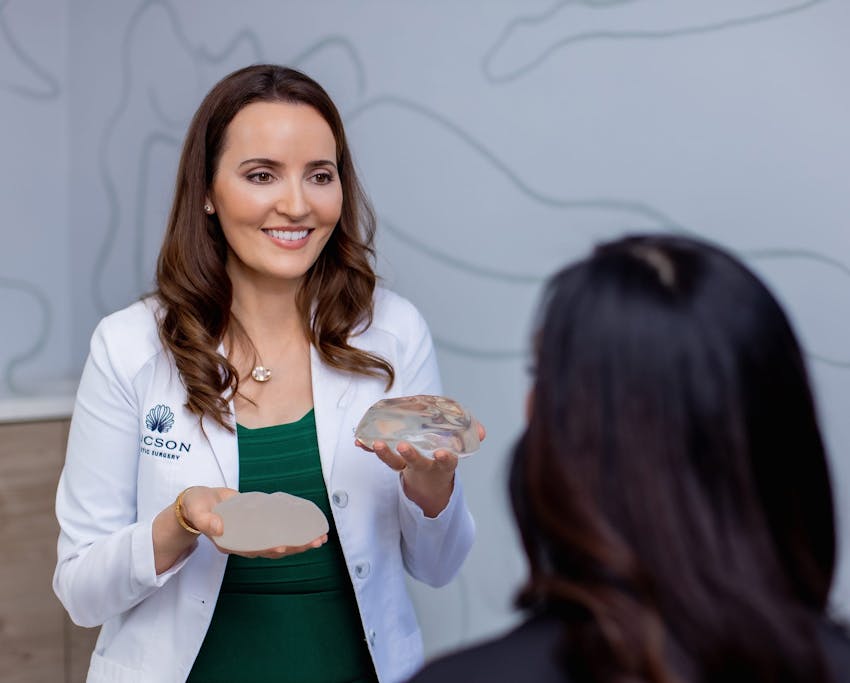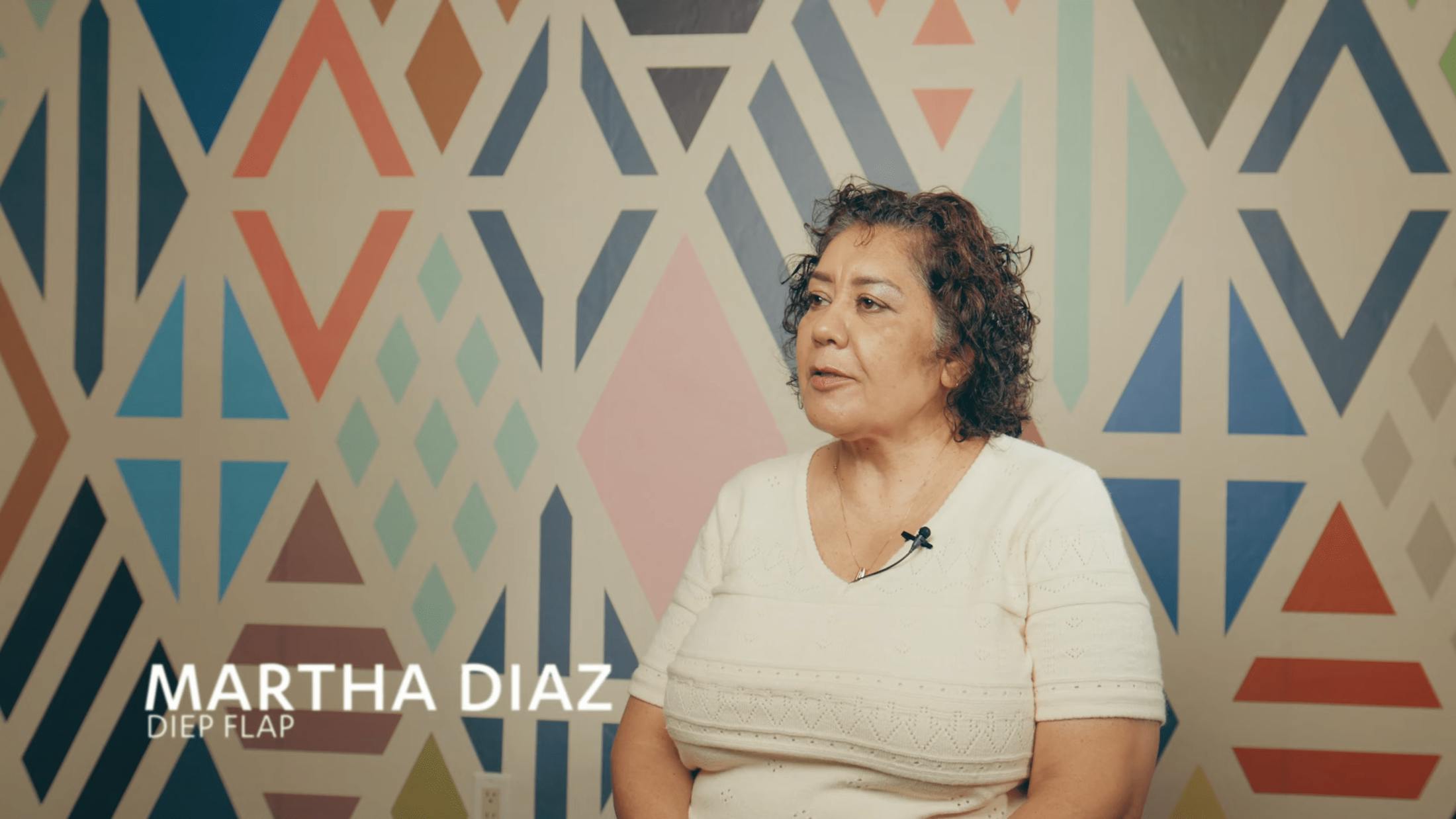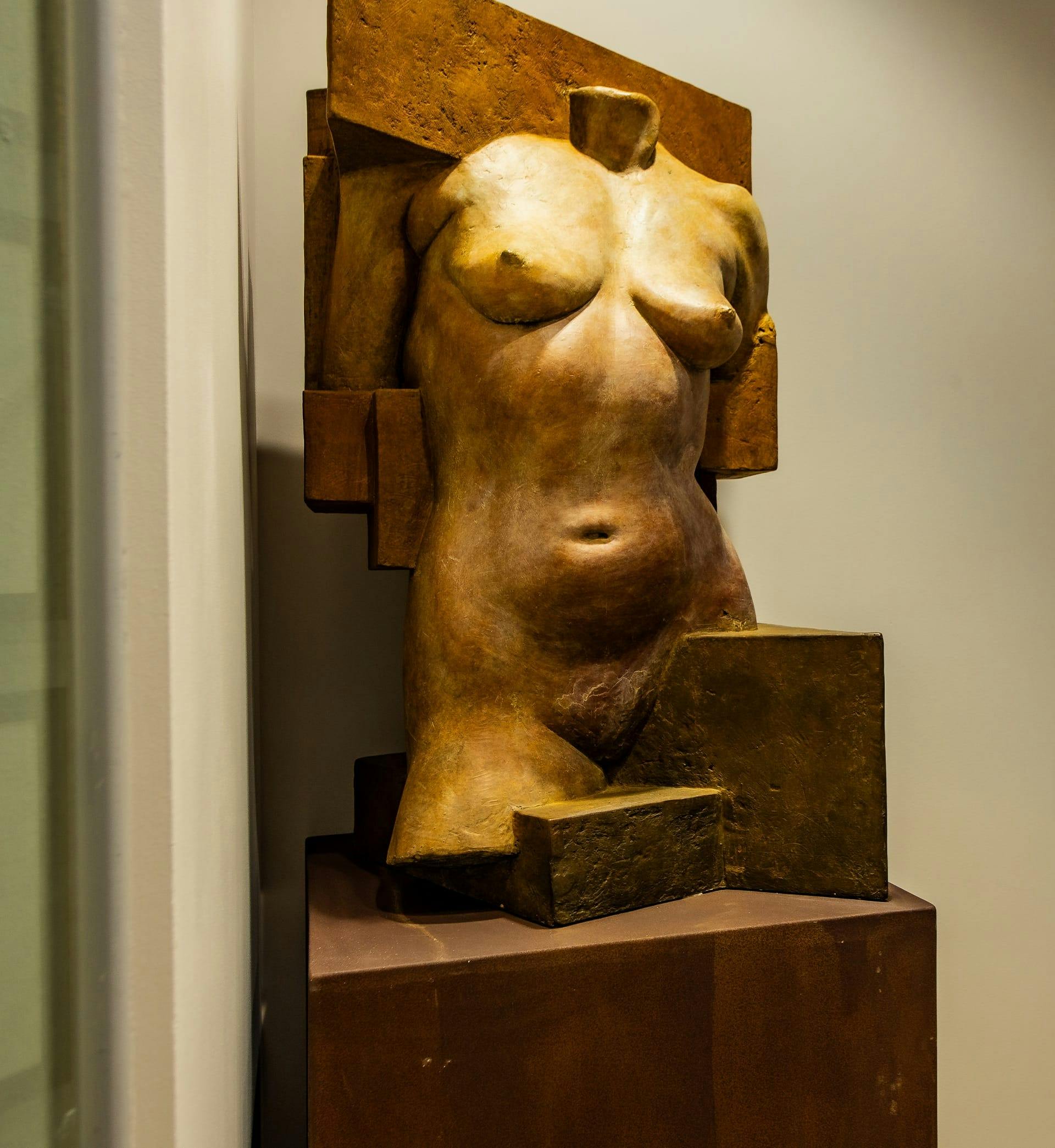Breast reconstruction restores not just the appearance of the breasts but also a sense of wholeness and confidence after breast cancer or congenital conditions. With advanced, personalized options, you can choose the path that feels right for you.
Breast Reconstruction Overview
Breast reconstruction is performed to restore the shape, symmetry, and size of one or both breasts following mastectomy or lumpectomy or to address congenital differences. With various reconstruction options available, your surgeon will help you choose the best method based on your health, goals, and personal preferences. It’s essential to understand the different types of breast reconstruction procedures to make an informed decision that aligns with your vision for recovery and restoration.

Breast Reconstruction Overview
Breast reconstruction is performed to improve the appearance, shape, symmetry, and size of one or both of the breasts following mastectomy, lumpectomy, or congenital deformities.

DIEP Flap Reconstruction
The DIEP Flap is a microsurgical technique that uses your own abdominal tissue to recreate a natural breast shape after mastectomy. By transferring skin, fat, and blood vessels from the lower abdomen, this autologous approach results in a soft, warm breast mound without implants. This option is ideal for those seeking a natural look and feel and can be especially beneficial for patients who have experienced radiation damage or implant-related complications.

Natural Tissue Flap Reconstruction
Natural tissue flap reconstruction utilizes tissue from areas like the abdomen, thighs, or glutes when there’s insufficient chest tissue for implant support due to mastectomy or radiation. This approach provides a living, durable solution for those desiring a more natural reconstruction.

Breast Implant Reconstruction
Breast implant reconstruction restores breast shape and symmetry using saline or silicone implants. Our surgeons personalize each procedure to achieve natural-looking, long-lasting results.

Oncoplastic Reconstruction
Oncoplastic reconstruction combines cancer removal with breast reconstruction to enhance physical and emotional recovery. The procedure is performed at the same time as lumpectomy, and is designed to optimize the breast appearance after the cancerous tissue is removed, promoting both healing and peace of mind. Most often the reconstruction consists of a breast reduction or lift closure. The best candidates for this procedure are those with larger breasts and small tumors.

Genetic Mutations
BRCA 1 and BRCA 2 are genes associated with increased lifetime risk of developing cancer, particularly breast and ovarian cancers. Knowing your genetic background can help you make an informed decision regarding options for breast reconstruction after preventive mastectomy.

Effects of Breast Radiation
Radiation therapy, often used post-lumpectomy or mastectomy, employs high-energy particles to target cancer cells. Two main types, external beam radiation therapy (EBRT) and brachytherapy, may affect reconstruction outcomes, so treatment is carefully coordinated to support long-term success. The effects of radiation evolve over time, and can result in distortion of breast shape and asymmetry, which may require additional surgery for correction of these issues.

Revision Breast Reconstruction
Revision surgery is available for those seeking to improve results from a previous reconstruction. Whether to improve aesthetic outcomes or address complications from prior procedures, revision can help you achieve a more comfortable, satisfying result. Patients with an implant reconstruction or those who have had radiation are most affected by issues over time which may require surgical revision.

Symmetry Procedures
Symmetry procedures correct differences in breast size and shape that may occur post-surgery, particularly after a single mastectomy or post radiation. These adjustments help create balanced, harmonious results for improved body confidence.

Male Breast Cancer
Though breast cancer is rare in men, early diagnosis provides the best chance for effective treatment. Male breast reconstruction options offer solutions to restore a natural appearance and support emotional recovery.

Nipple Reconstruction
For patients who have lost one or both nipples to mastectomy, nipple reconstruction surgery is an option to restore a natural breast appearance. Typically performed 3–4 months after initial reconstruction, this procedure enhances the look of the breast.

3D Nipple Tattoo
3D nipple tattooing creates realistic nipple and areola appearances on reconstructed breasts. This technique allows patients to avoid additional surgeries, promotes faster healing, and achieves a natural, detailed look.






